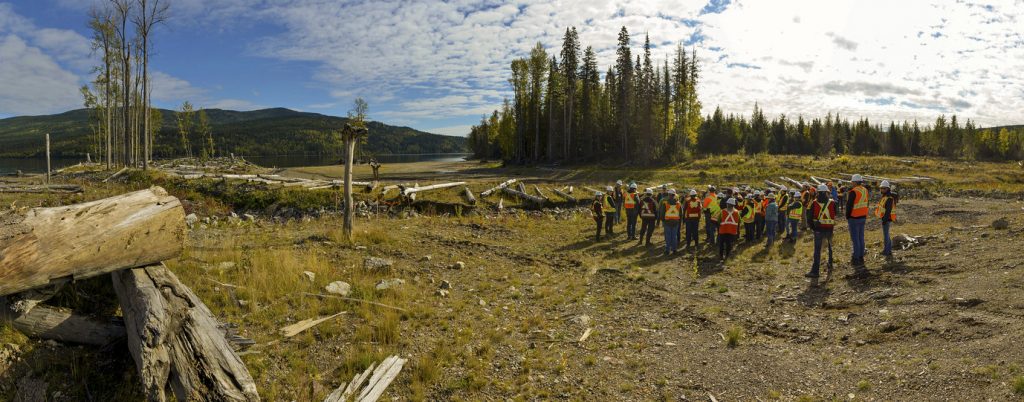IMPROVING THE STATE OF PRACTICE

Worldwide, mining is an essential natural resource sector. Human reliance on the products of mining is near universal. No plane, train, bicycle, or automobile — and certainly no computer, tablet or smartphone — can operate without materials extracted from mining.
But mining also has a legacy of significant environmental impacts. Many sites have been abandoned. Mining, by its nature, drastically disturbs the land. In the past century, many advances have occurred in mine reclamation practices, along with tremendous improvements in mine safety. Today, mine reclamation is routine at almost all sites during operation. But the state of practice seldom results in mine sites being fully reclaimed after closure, and few sites receive regulatory signoff. Moreover, local communities are prevented from using the reclaimed land. A fundamental change is required to address this shortcoming, so that mines can meet their commitments and allow industry to leave a lasting legacy that satisfies all stakeholders.
Mines need to work closely with regulators and local communities, to forge a common vision and set out a clear design basis that includes land uses, goals, design objectives, and design criteria. Realistic designs for reclaimed landscape and mining landforms need to align with the design basis. And a system of effective adaptive management, complete with performance predictions, monitoring, and pre-planned contingencies needs to be established.
Progressive reclamation will test the capacity of mines to reduce uncertainty and cost and demonstrate the effectiveness of the designs and the utility of the reclaimed land.
How can we do this? With your help, the Landform Design Institute (LDI) will bring together the community, establish training through universities and courses, develop design tools, and provide a forum for sharing case histories. Ten years from now, landform design will be routine, and mines, regulators, and local communities will share the benefits.